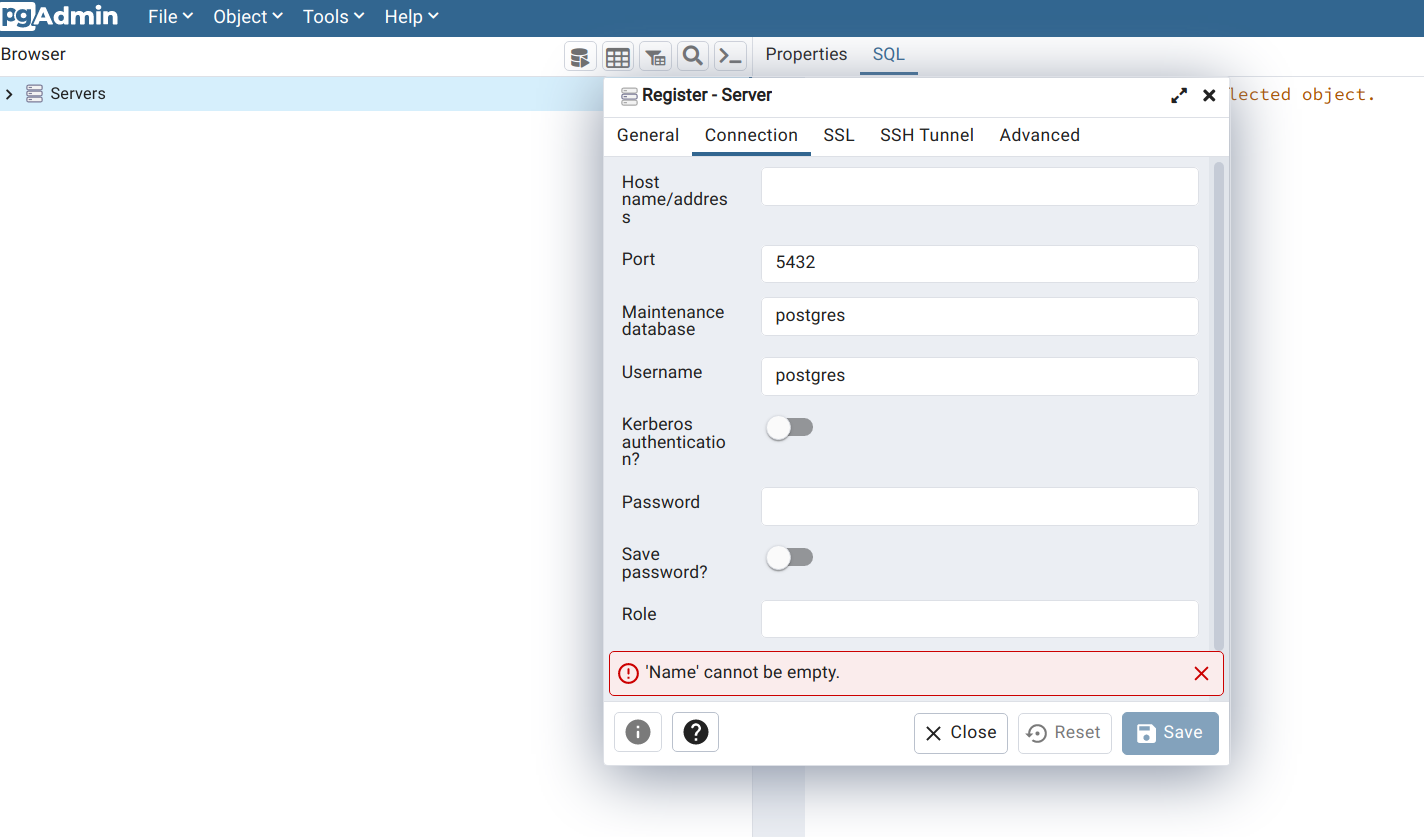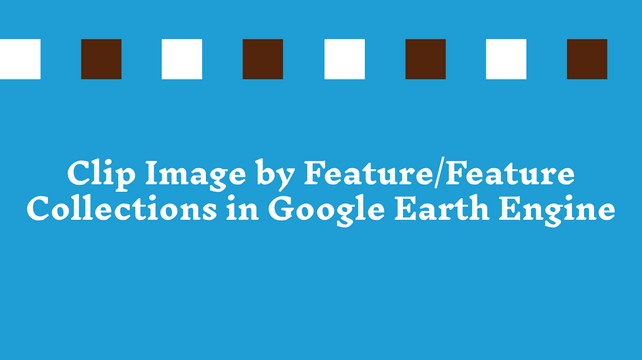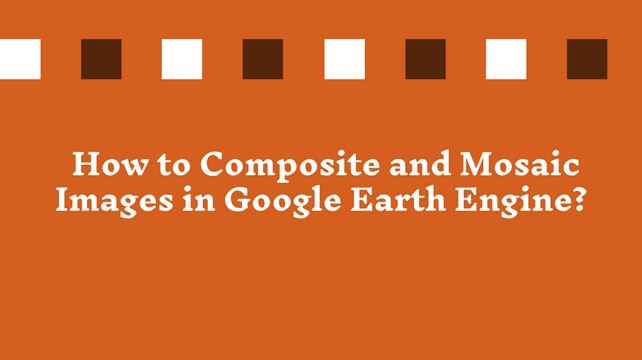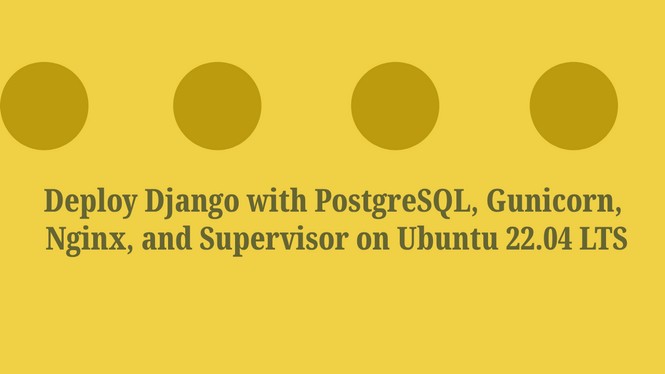What is GIS? GIS vs WebGIS – A Brief Discussion
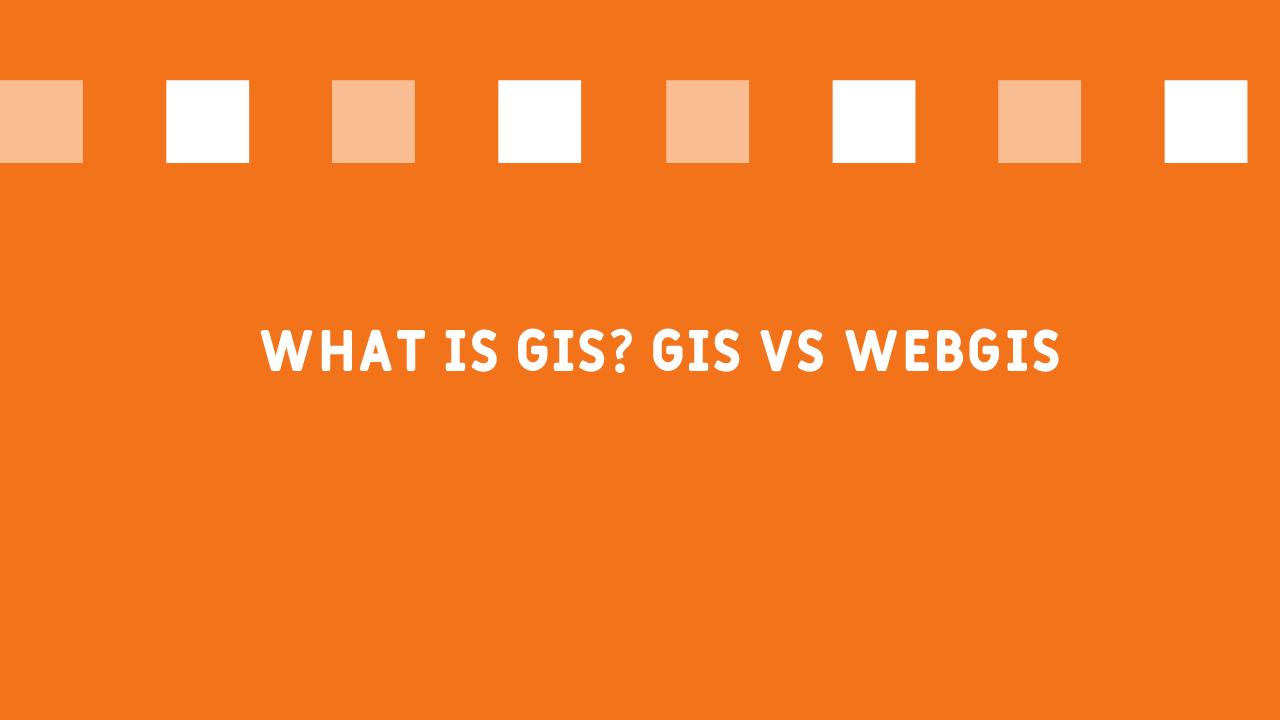
What is GIS?
A Geographical Information System (GIS) is a computer-aided system of hardware, software, and procedures used to capture, store, edit, manipulate, manage, analyze, share, and display all geospatial data in a given format. GIS can integrate spatial and non-spatial data in a single platform at a time. GIS is considered an essential tool for enterprises, organizations, and governments to make practical decisions scientifically.
What is WebGIS?
WebGIS is a system or architectural approach for implementing modern GIS through the combination of web and GIS technologies. It has an extensible capability to manage, share, analyze, and visualize large-scale data worldwide. It is an approach that can easily integrate and visualize both spatial and non-spatial datasets publicly in a single platform.
Open Sources VS Commercial WebGIS
Open Source WebGIS Software/Tools/Applications means it is built for free use by anyone for any purpose. There have four main key points that define the open sources' propriety -
- Able to use for any purposes ( both individual or commercial)
- Access to the source codes and can change or modify the codes
- Redistribute the original source codes
- Redistribute modified copies
The Open Source Geospatial Foundation (OSGeo) is a not-for-profit organization that fosters the global adoption of open geospatial technology. They adopted open philosophy and a community-driven development to contribute to and maintain the open sources of geospatial projects.
Most of the uses open sources geospatial technologies are listed below -
Softwares/Tools/Libraries | Purpose of Development/Uses |
QGIS/gvSIG Desktop | Built for Desktop based geospatial data analysis, visualization etc. |
PostGIS – a spatial database | Storing geospatial data (both vector and raster) in a tabular format |
GeoServer/Mapserver | Publishing spatial data at open standard format |
OpenLayers/Leaflet JS | Visualize geospatial data through web application |
On the other hand, the commercial WebGIS software is built as a product for end-users, and you will pay for whatever you use. In general, the vendors of commercial WebGIS software developers offer a platform where the end users can easily store, analyze, and visualize their geospatial data and share the analytical outcomes with the public or limited people with certain criteria or internal organization members. Commercial WebGIS software is easier and more flexible than open source applications but high cost paying for services. Some of the commercial WebGIS software/tools providers -
- Esri ArcGIS Online
- MapBox
- GIS Cloud
- Google Maps
- Here Map
- SuperMap
- MangoMap
Benefits of Open Sources WebGIS
- Cutting costs in development and maintenance of application/system
- Improved service delivery and management efficiencies
- Efficient design and management of facilities
- Data sharing that supports decision making
- Collaborative efforts
- Decreased redundancy
- Visualization of data to create new information
- Support for daily workflows throughout the utility
Share To
About Author

- Kamal Hosen
Geospatial Developer | Data Science | PythonA passionate geospatial developer and analyst whose core interest is developing geospatial products/services to support the decision-making process in climate change and disaster risk reduction, spatial planning process, natural resources management, and land management sectors. I love learning and working with open source technologies like Python, Django, LeafletJS, PostGIS, GeoServer, and Google Earth Engine.
